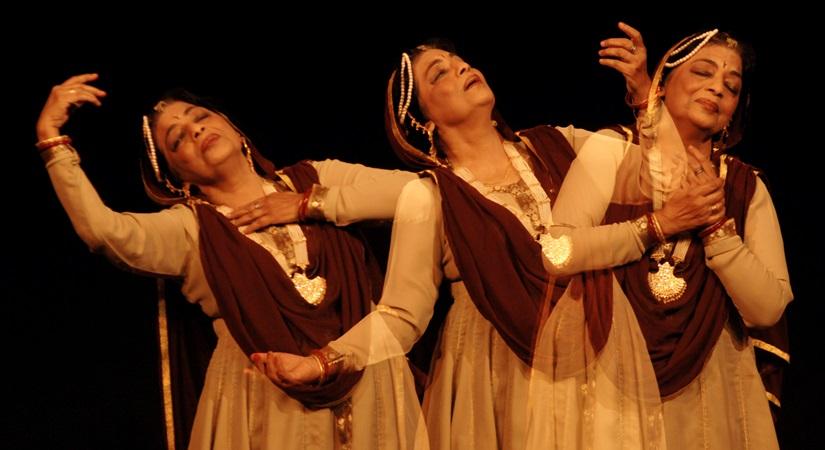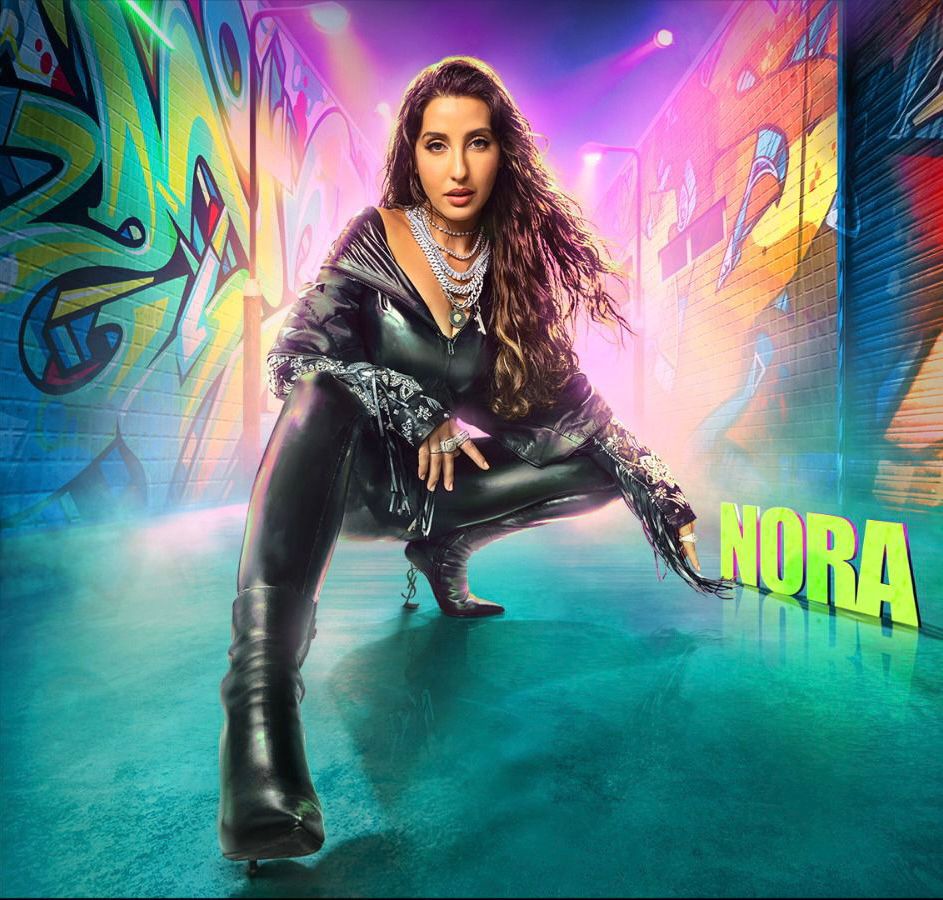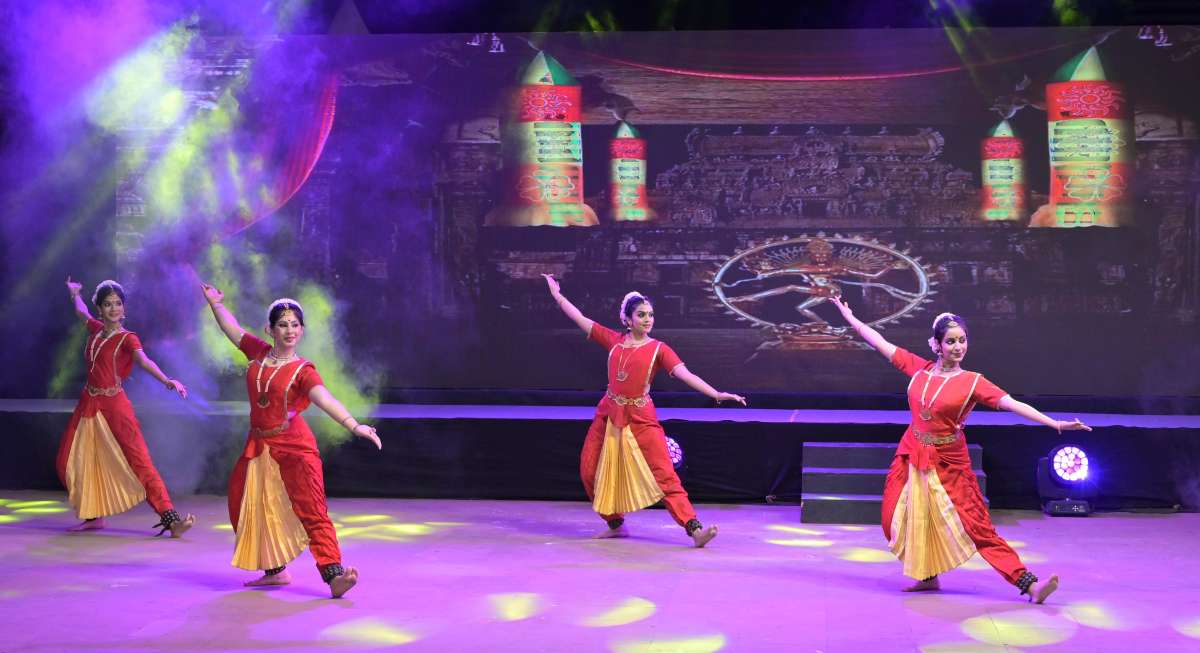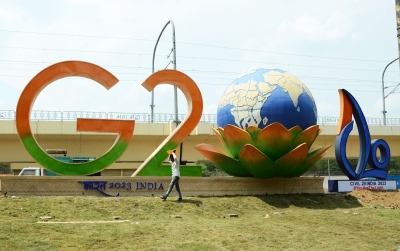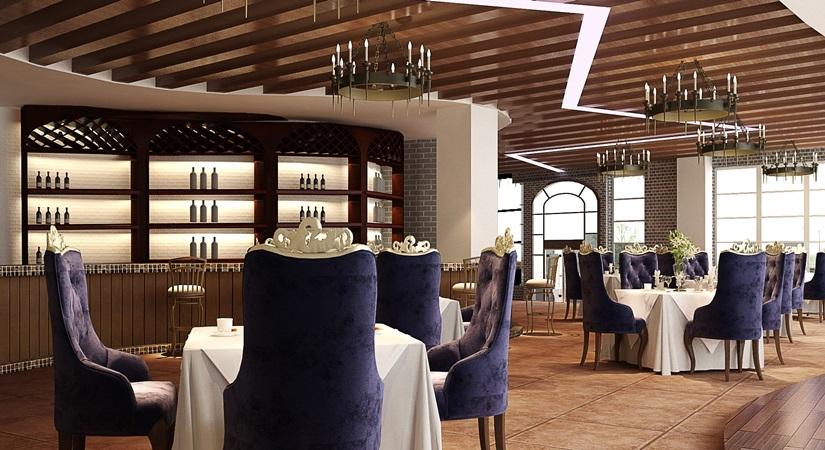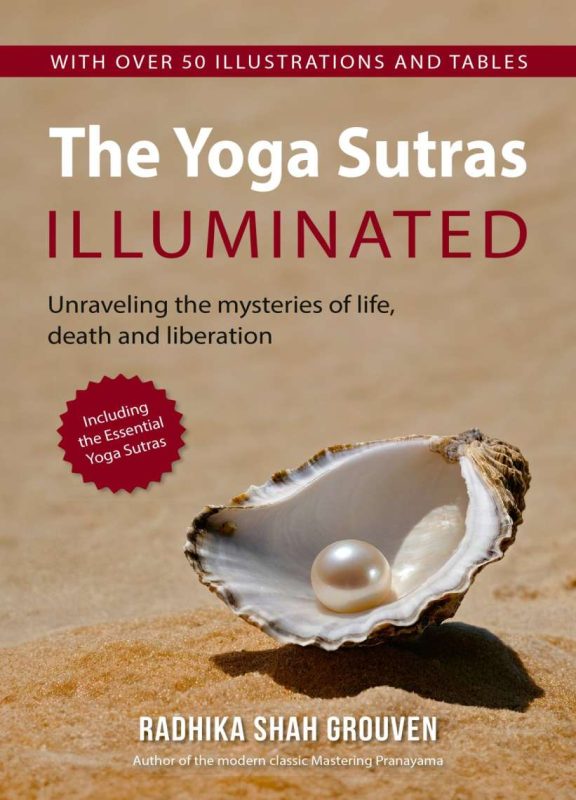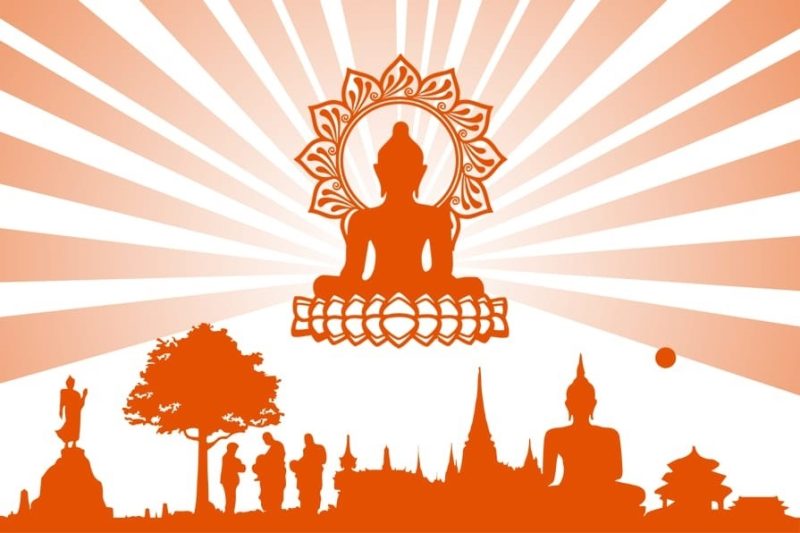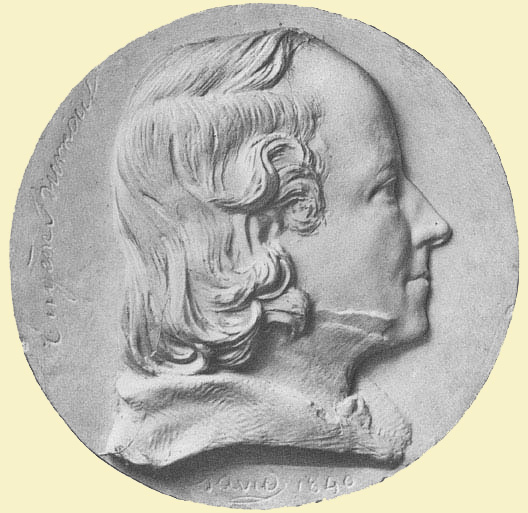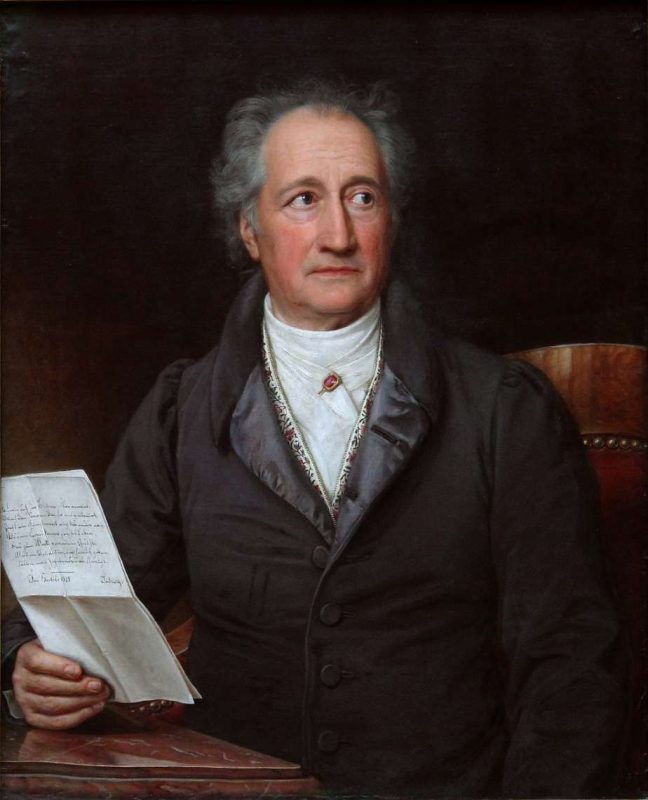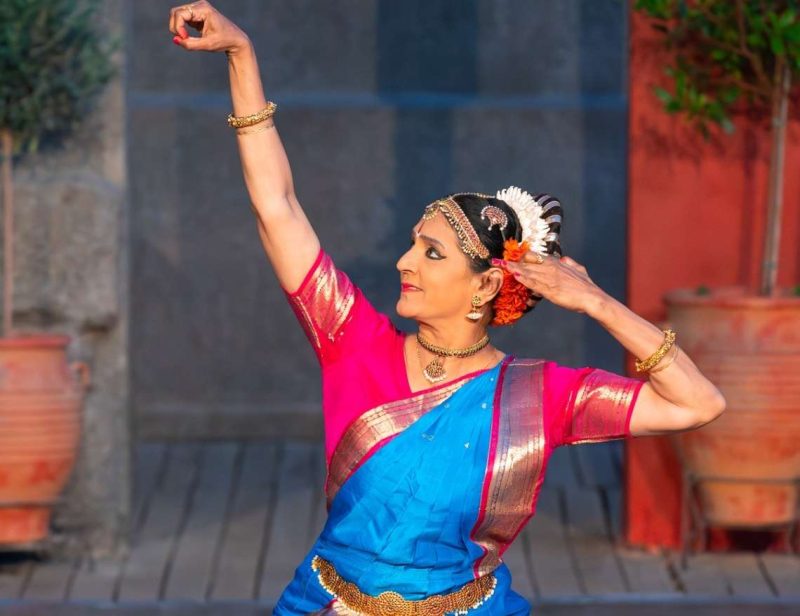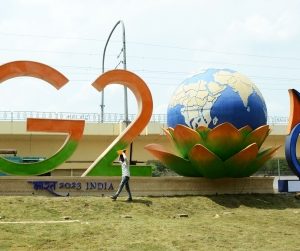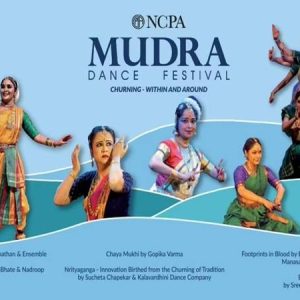In collaboration with Azadi ka Amrit Mahotsava, the Bhartiya Sangeet Sadan is all set to present the “Kathak ki Kahani – Kathak Through Ages” on 28rd July 2023, at 7:00 PM onwards in India Islamic Cultural Centre, Lodhi Road by renowned Kathak exponent, Dr. Uma Sharma, and her group…reports Asian Lite News
The Kathak dance from had its birth in the temples of Ayodhya and Vrindavan in the form of Raas Leela and where it was used as pantomime to accompany the recitation of the Kathaks (Katha Vachak), the professional story-tellers who recounted and interpreted tales from Hindu mythology such as Shreemad Bhagvat and Ramayan etc.
It soon involved dance and song as these rhapsodists reached the point of ecstasy in their devotion. Then it became a full fledged hereditary art. It was one of the ancient, great classical forms and was recognized in the Hindu Shastras, the artistic canons for these arts which were still religious.
Kathak was then introduced as a form of entertainment in the courts of the Hindu Rajas or Kings and became a secular art. It is during this period that it began its development as a distinct and individualistic style, In a great period of renaissance in India, the cult of Krishna was at its height. The major part of the interpretive themes centred around Radha Krishna (symbolic of the urge of the soul for the universal of divine soul). And these themes were developed into passages of mimetic dance (or dance drama, as they soon became) retelling incidents in the life of Krishna. Simultaneously, material verses using words in praise of Krishna coupled with rhythmic syllables came to be composed and used in Kathak Thus another dimension was added to this highly composite form.
The Kathak dance depicts ‘Life’. The three phases of creation, preservation and destruction “Brahma-Vishnu-Mahesh” are clearly reflected through this media. It is therefore based on natural movements and is not confined to mudras. Its poses are more lifelike than sculptures and abhinaya subtle and true to life cover a very large canvas. Ending with Vijayi Vishwa Tiranga Pyara, Jhanda Uncha Rahe Hamara by group dancers.
“As a senior dancer, I believe it is crucial for the public to truly understand the essence of Kathak dance. Today, we witness a gradual decline in the number of Kathak artists. It is disheartening to see this beautiful art form losing its prominence. Kathak is not merely a dance; it is a gateway to our rich cultural heritage, a mesmerizing blend of rhythm, grace, and storytelling. Let us embrace and appreciate the magnificence of Kathak, preserving its legacy for generations to come. Together, we can revive its splendor and ensure that this timeless art form continues to enchant and inspire all who witness its magic.”
In collaboration with Azadi ka Amrit Mahotsava, the Bhartiya Sangeet Sadan is all set to present the “Kathak ki Kahani – Kathak Through Ages” on 28rd July 2023, at 7:00 PM onwards in India Islamic Cultural Centre, Lodhi Road by renowned Kathak exponent, Dr. Uma Sharma, and her group.
The program “Kathak Ki Kahani” is a dance performance where students from Dance Bhartiya Sangeet Sadan will showcase the art of Kathak dance. They will beautifully portray the stories through their dance movements. The renowned Kathak exponent, Padma Bhushan Uma Sharma ji, will also grace the stage and present a mesmerizing Kathak nitrya abhinav performance.
ALSO READ-Kathak like a sadhana for Rani Khanam


